The Floating Easement
An easement allows you the right to use a property in some manner that you do not own. It is typically established by a specific grant: the standard example of an easement would be where one plot of land (owned by Fred) does not have access to the main road, because another plot of property (owned by Bill) stands between the road and the property. So Bill allows Fred to use a private road through Bill’s property so that Fred can reach the road.
California courts recognize that a grant that doesn’t specify the exact location of the easement can still be a valid easement—this is the so-called floating easement. A recent (2019) case in the California courts has ruled on how to define and locate a floating easement.
Southern California Edison Company v. Severns (2019), 39 Cal. App. 5th 815
The Severns property “is burdened by three public utility easements” used by the Edison company to maintain the utility lines. In order to maintain a 10-foot strip of power lines, the written grant allowed Edison 1) free access to the strip and 2) the right to trim trees that might prove a hazard to the lines. The 3rd easement basically repeated the 1st easement, emphasizing their “free access to said electric lines and every part thereof, at all times” (qtd. in the Opinion).
The question, in this case, was not the easement of the 10-foot strip, but rather how the Edison employees accessed that strip. Although the owners had allowed access for almost 80 years, Severn, apparently annoyed at the routes the Edison employees were using to cross his property, denied access.
Edison brought an action to enforce their easement, and Stevens cross-claimed “for nuisance, trespass, and ejectment.” The court found fully in Edison’s favor, finding that the language of the grant of easement allowed Edison “floating easements” in order to reach the public utility lines and supports—until such time as Edison and the property owner agreed upon a route, there was no fixed access route. By not objecting to specific access routes over the approximately 80-year period, the property owners had essentially “agreed” to the access routes, and therefore the floating easements became fixed easements.
The court found that easements with general language such as these were valid and “entitled the holder to choose a ‘reasonable’ location” for the floating easement, until such time as the easement becomes fixed (qtd. in the Opinion from Colvin v. Edison (1987)). Scare quotes in a legal decision may seem especially scary, but such discretionary language is typical of legal definition, particularly when it comes to real estate. Nothing is set in stone,’ so to speak.
Until it is—the route is fixed by the actions of the two parties over time, and since Edison’s access road was a “permanent nuisance,” the court found that there was a statute of limitations of three years, which Severn missed by two.


